
Glimpsing into the World Wide Web's past + future in the London Internet Museum
By Justine Testado|
Wednesday, Aug 10, 2016
Related
How did the World Wide Web come to be? The earliest concepts of the Internet are believed to have begun in the US, and then further developed in the UK. As we live more digitally, we're at the point where people ought to know more about the Internet's history and explore how the World Wide Web has transformed society IRL — and to also learn about it in a unique environment, like in a museum. Based on this concept, Bee Breeders organized an ideas competition that challenged designers to envision a London Internet Museum, a space that would connect visitors to the Internet's past and future.
Such a speculative topic can make it easy to fall into museum-typology conventions and idealized assumptions of the digital future. The jury gravitated toward submissions that most clearly demonstrated “a certain tenacity and ambition, inherent in the internet’s advent — of social collectivism, network theory, and virtuality.”
The competition concluded with three prize-winning entries and six honorable mentions.
Scroll down to see the winning entries.
1ST PLACE: 404 Not Found by Shaun McCallum, Aleksandra Belitskaja | United Kingdom, University of Dundee
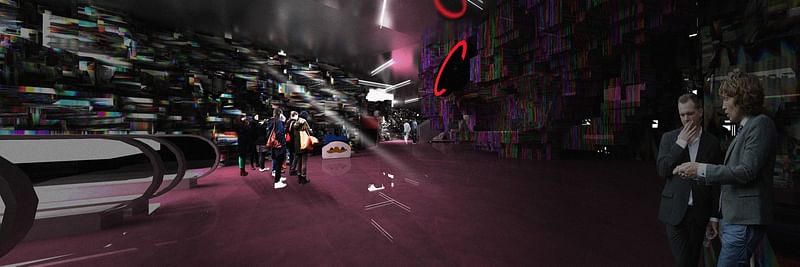
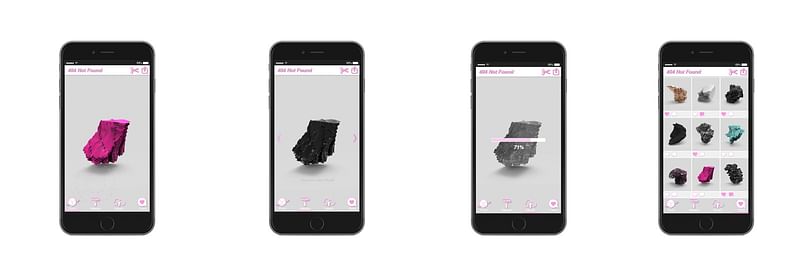
Jury commentary: “404:NOT FOUND is distinguished by its resistance to authorial architecture and in its acceptance of the logic of the crowd. The project looks at architecture as an assemblage of crowd-sourced processes rather than the singular vision of a top-down designer. Architecture becomes an act of empowerment and an experiment for the participant, creating a platform and ethos of collaboration that legitimizes and enacts the desires of the user.”
2ND PLACE: Transistor by Ryan Anthony Ball | United States
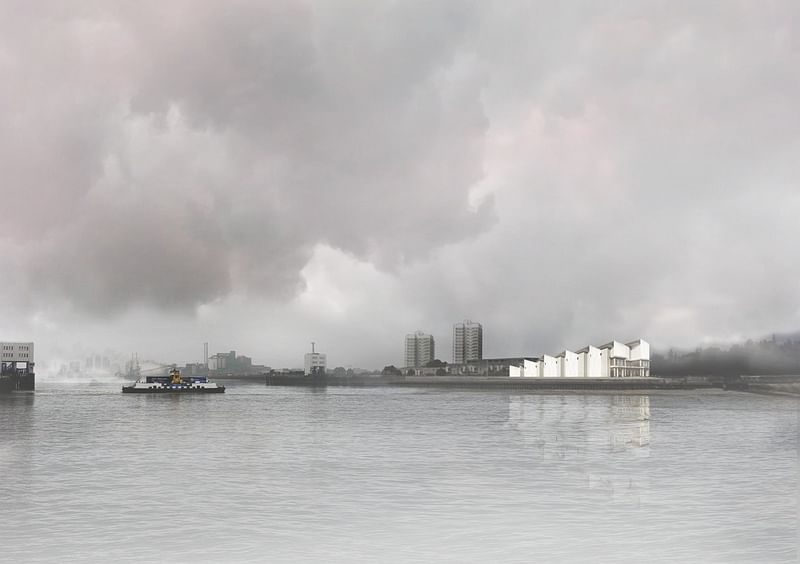
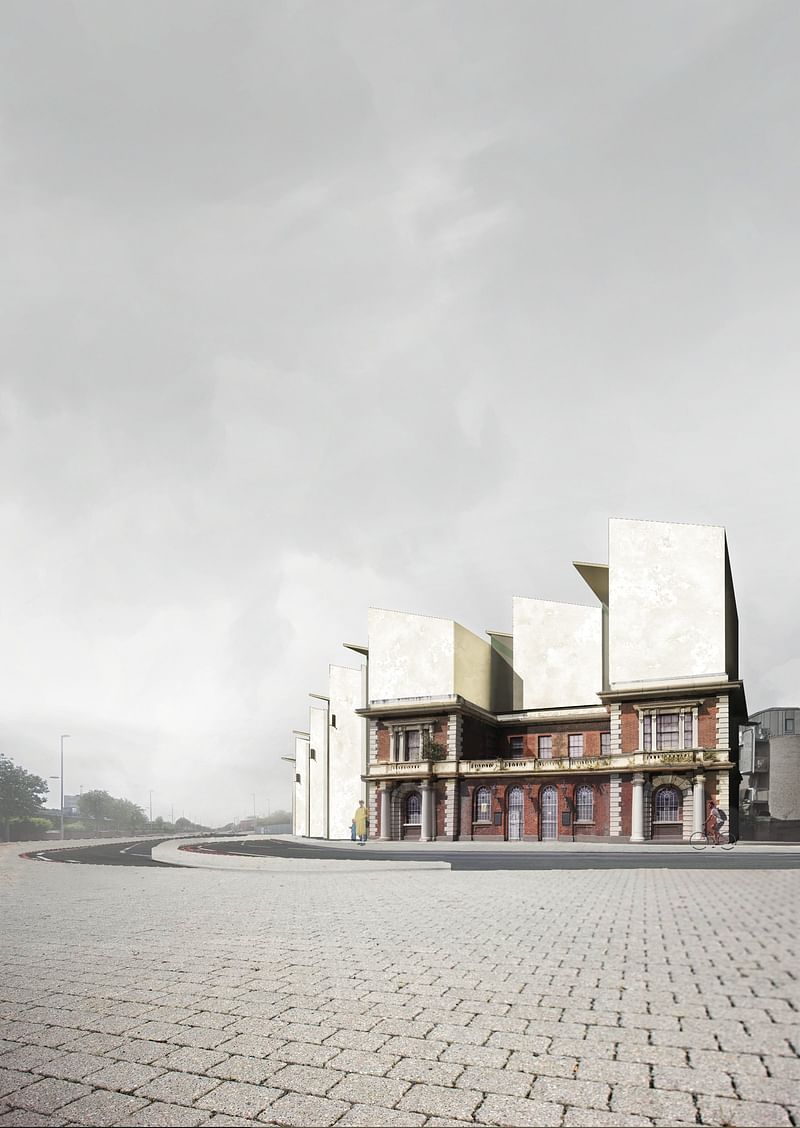
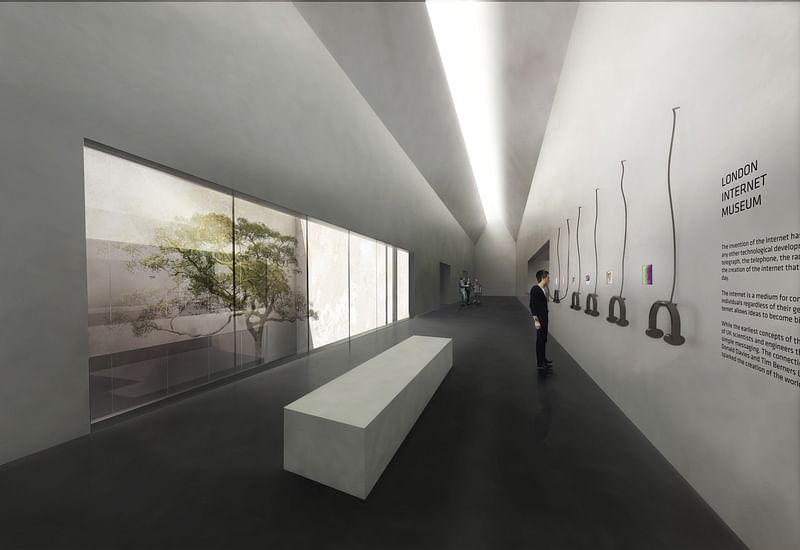
Jury commentary: “The success of...TRANSISTOR lies in its indifference to the contemporary digital discourse in architecture, favoring instead a strong typology that relates to its historic industrial context, and adapting this typology to critique the cycle of obsolescence of our digitally saturated world. The scheme echoes the foregone industrial rail terminal as its source of parti, consisting of a series of linear sky-lit corridors adjacent to programmed spaces punctuated by courtyards. These extrusions aggregate and escalate to engulf the existing Italianate styled North Woolwich Station, presenting a sequence of blank façades to the river and city.”
3RD PLACE: Unlimited Possibilities by MICHAŁ DANISZEWSKI - Andrzej Frycz Modrzewski Krakow University | Poland

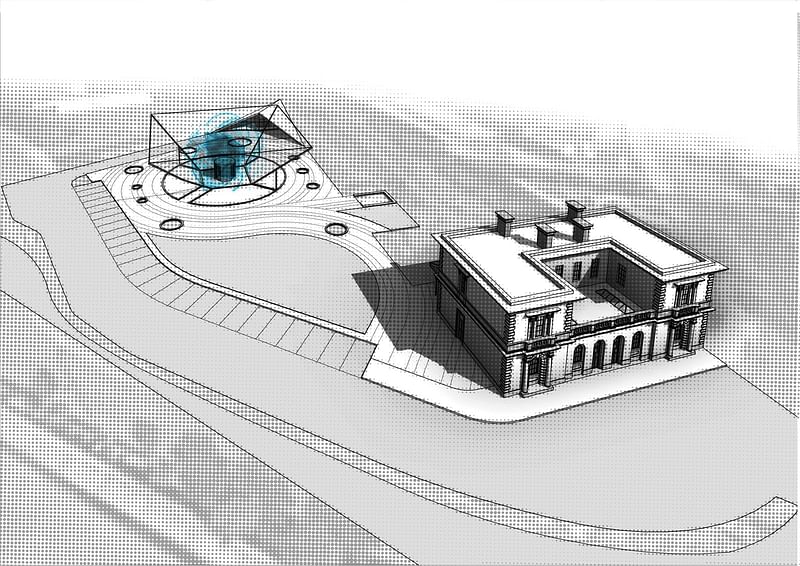
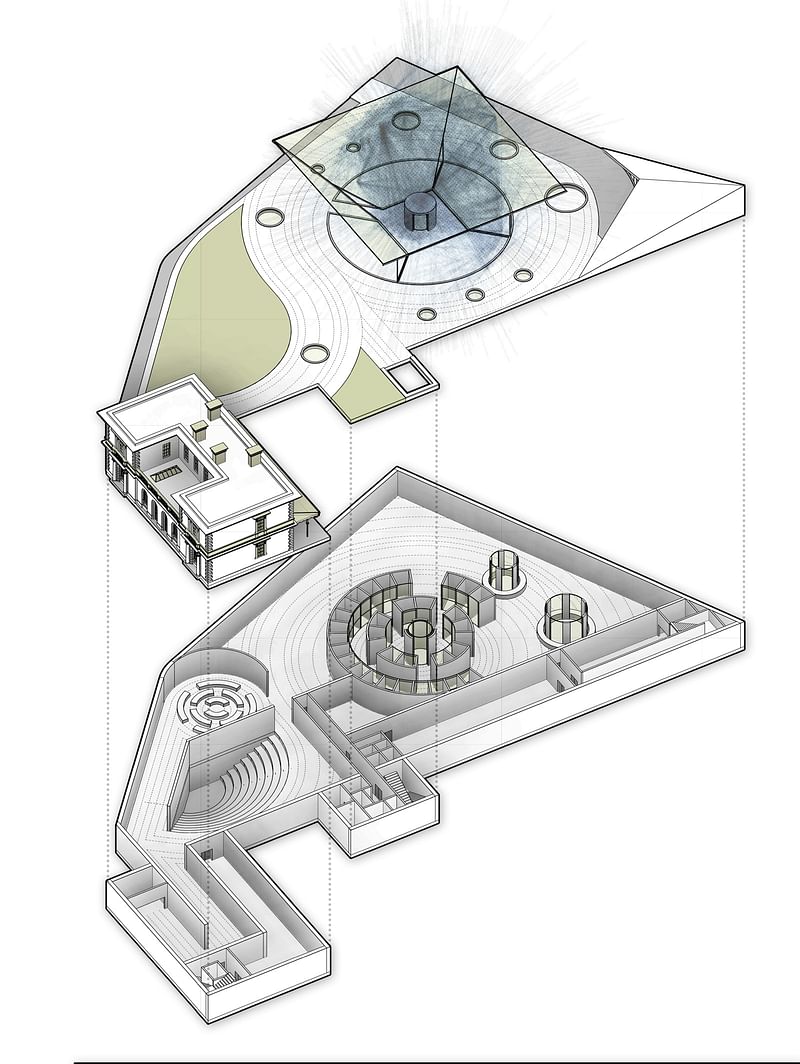
Jury commentary: “Third place is awarded to a project distinguished by the clever association of the internet museum as a digital monument. The solution is two-fold, the selection and representation of a hologram above ground and the suppression of museum function below ground. Monumentalized as an object within a larger plaza, the hologram is thoughtfully situated and juxtaposed to the adjacent existing North Woolwich Station. The primitive shape of the hologram and its sheer scale evoke both wonder and otherness, a new landmark in an historic city. Located underground, the museum embodies geographical placelessness, relating to the virtual nature of the internet. The individual spaces of the museum itself are designed for the particular devices one engages the internet through rather than particular views or human interactions.”
Images courtesy of Bee Breeders.
Don't forget to check out the Honorable Mentions in the gallery below! You can see all the proposals in full here.
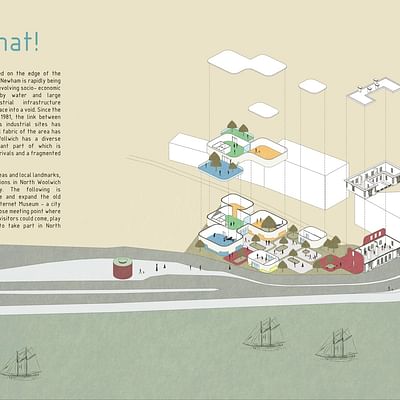
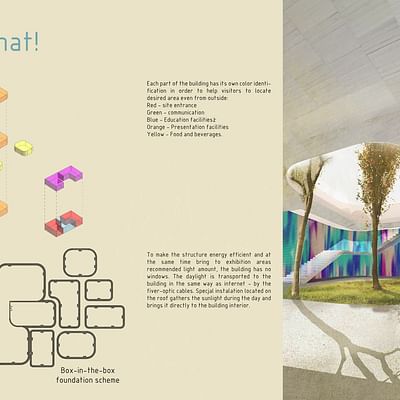
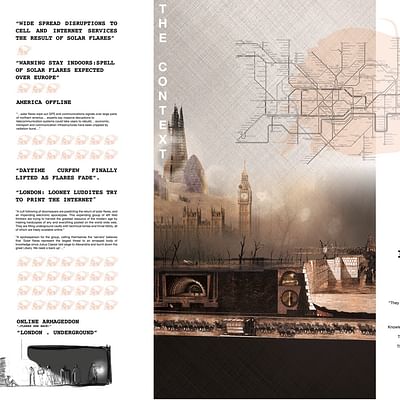
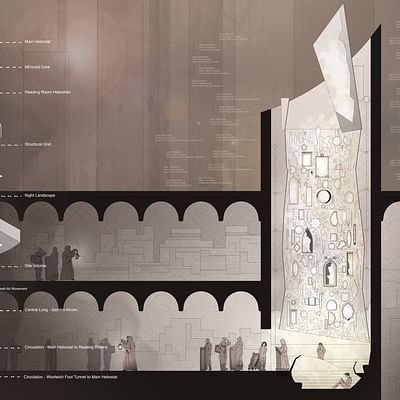

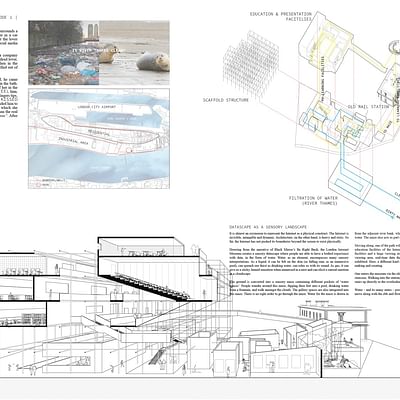


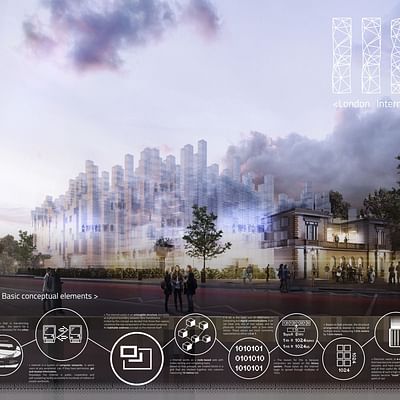
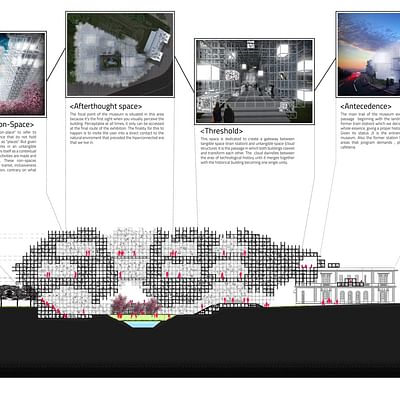
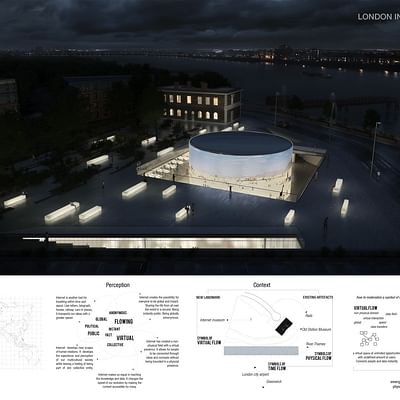


Share
0 Comments
Comment as :